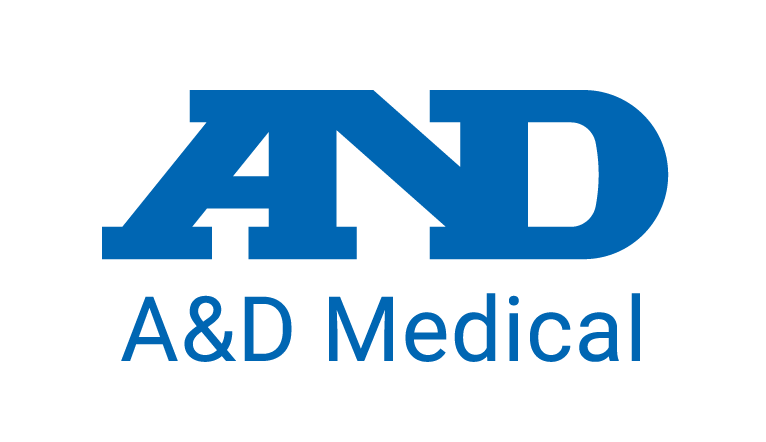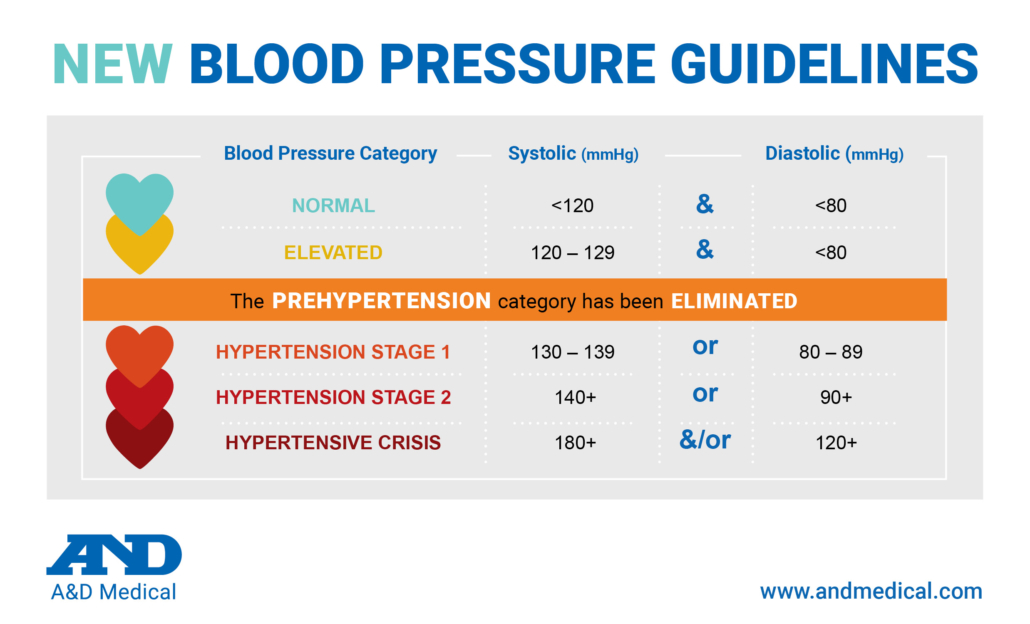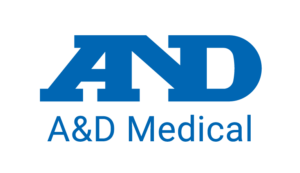Talking Heart Health: New Guidelines for Blood Pressure
Volume I, Issue I
In November of last year, the American Heart Association (AHA), the American College of Cardiology and nine other groups recently redefined high blood pressure. The new parameters now reflect hypertension to be a reading of 130 over 80, down from 140 over 90. The change means that 46 percent of U.S. adults are now considered hypertensive – and the term “pre-hypertensive” is now a thing of the past.
Or, as my neighbor put it, “I went to bed one night and I was fine, and the next day I woke up and had high blood pressure!”
But there are very real (as in cost-saving) reasons to better understand those two little numbers and what they mean in our lives. According to the AHA, “By lowering the definition of high blood pressure, the guidelines recommend earlier intervention to prevent further increases in blood pressure and the complications of hypertension.”
And that’s really what these new guidelines reflect: the deeper understanding around how lifestyle impacts those two numbers, and then the extrapolation of what changes we want to make in the long term to impact them.
So what did my neighbor who “woke up with high blood pressure” do? He realized that it was time to begin watching his blood pressure on a daily basis – and tracking what he sees in his life accordingly.
According to the AHA, “One of the best known indicators of heart health for the average person is blood pressure, which is easy to monitor at home. Understanding your blood pressure numbers is key to controlling high blood pressure.”
Your blood pressure consists of two numbers. Your systolic pressure measures the pressure of blood against artery walls when the heart pumps blood out during a heartbeat, while the diastolic pressure measures the same pressure between heartbeats, when the heart fills with blood.
Once you understand the components of blood pressure, you also need to know what can affect your measurements. Blood pressure abnormally high one morning? Well, if there was Chinese food on the menu from the night before, that might explain why. That awareness results in trying something new with the Chinese food next time, like walking after dinner or drinking more water.
TIPS FOR TAKING YOUR BLOOD PRESSURE
In addition to watching how lifestyle impacts blood pressure, the AHA also recommends knowing how to properly measure blood pressure on a daily basis. For help, the AHA website recommends the following tips to ensure accurate blood pressure readings at home:
- Do not smoke, exercise, or consume anything for at least 30 minutes beforehand.
- Sit quietly while taking your blood pressure – and for 5-10 minutes beforehand.
- While taking your reading, keep your legs uncrossed, your feet flat on the floor and your back straight.
- Rest your arm on a table so that the cuff is at heart level.
- To ensure consistency, measure two times a day – in the morning and in the evening is best – and at the same time each day (consider setting an alarm or using an app to remind you to take your readings).
- Keep track of your daily readings, to look for patterns over time (if possible, look for a blood pressure monitor that automatically sends data to a corresponding app on a smartphone, which makes it easy and convenient to share information with family members and healthcare providers).


